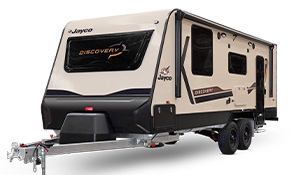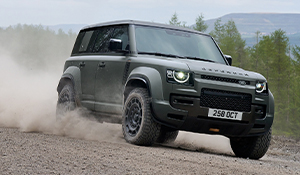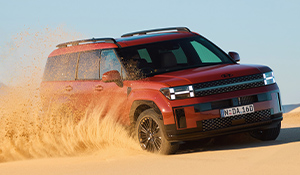Bushwalking & Camping safety tips
Here are some safety tips to remember:
_ carry and drink plenty of water
_ take notice of all signs - especially 'no swimming' signs in water inhabited by crocodiles (northern Australia)
_ be mindful that snakes inhabit many areas, so be cautious when walking through long grass
_ ensure you have an adequate fitness level for the bushwalk
_ carry appropriate safety equipment such as an EPIRB or satellite phone
_ avoid walking in the hottest part of the day or walking alone
_ register with the overnight bushwalking register if you plan an extended walk
_ wear sun protection and take insect repellent for both walking and camping
_ never camp near the water's edge
_ carry a map of the area you're walking/camping in
_ tell someone your plan and when you expect to return
_ shake out your shoes in the morning to remove any 'critters' that have settled in during the night
_ wear sturdy shoes and thick socks for bushwalking
_ some areas require permits to enter; check this before setting out
Bushwalking can be as easy or as difficult as you want to make it. Personally I like the easy stuff, but I know there are many that think nothing of an overnight (or two) trek over many kilometres. Obviously beyond this, there are those that will always push the envelope, in terms of where they go, the time of the year, duration, remoteness and sheer difficulty of the planned trek. Extreme bushwalking isn't the purpose of these tips, as there are many that just want to get into bushwalking on a casual basis and could do with some beginners help.
Walking shoes
Probably the most debated piece of gear between walkers is what to wear on your feet. You may think this is obvious, but ask anyone that has been bushwalking for many years and you will get numerous answers. Traditionally, walkers wore heavy clod hoppers style boots that may be okay for tackling some heavy trails, but unless they are broken in, after a day's walk you may find yourself with some first class blisters, which will make the remainder of the walk sheer hell!
This style of boots may also be no good for those with any type of foot problem. Many start off with joggers and progress from there through various styles of lightweight shoe/boot. Unfortunately you will need to try what best suits your feet, and if this means trying various shoes, do it. Even with the best shoes, always carry a small first aid kit as blisters can still occur. Many try wearing two pairs of socks when seriously walking, but they will also make you feet get very hot. If you do get a blister and need to keep walking try putting not one, but two elastoplasts on the spots.
Don't burst blisters, but dress them with fabric dressing.
Getting lost
Again a pretty obvious consideration. Probably not a problem on a short walk on a well signed track, but as we all know, Murphy's law is out there working against you. Don't even think of going on a decent walk in an unknown area without a decent map and a compass. It's a good idea to know how to actually use it as well! A compass won't solve all your problems but can be a big help. I like the Silvan type compass which is fine for negotiating a topographical map. Many modern day walkers might also carry a portable GPS?unit, but don't rely on it. They have their place, but shouldn't be your primary navigation device.
Stuff to carry
Depending on the duration of your walk, useful gear for short trips should include, matches, compass, toilet paper, water, energy food, hat, sponge.









